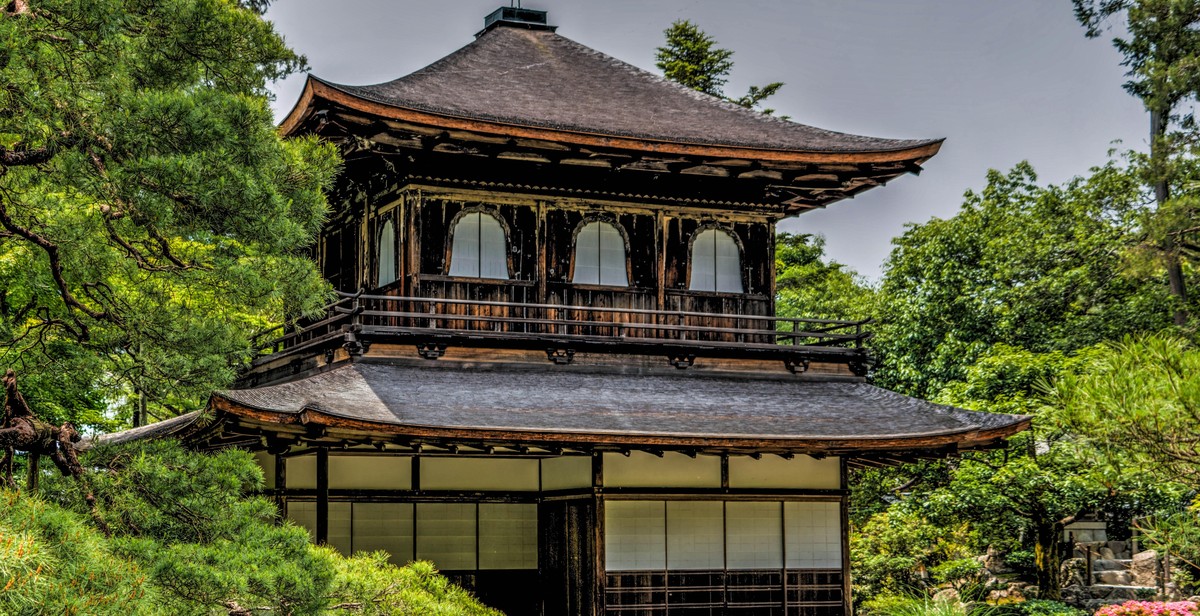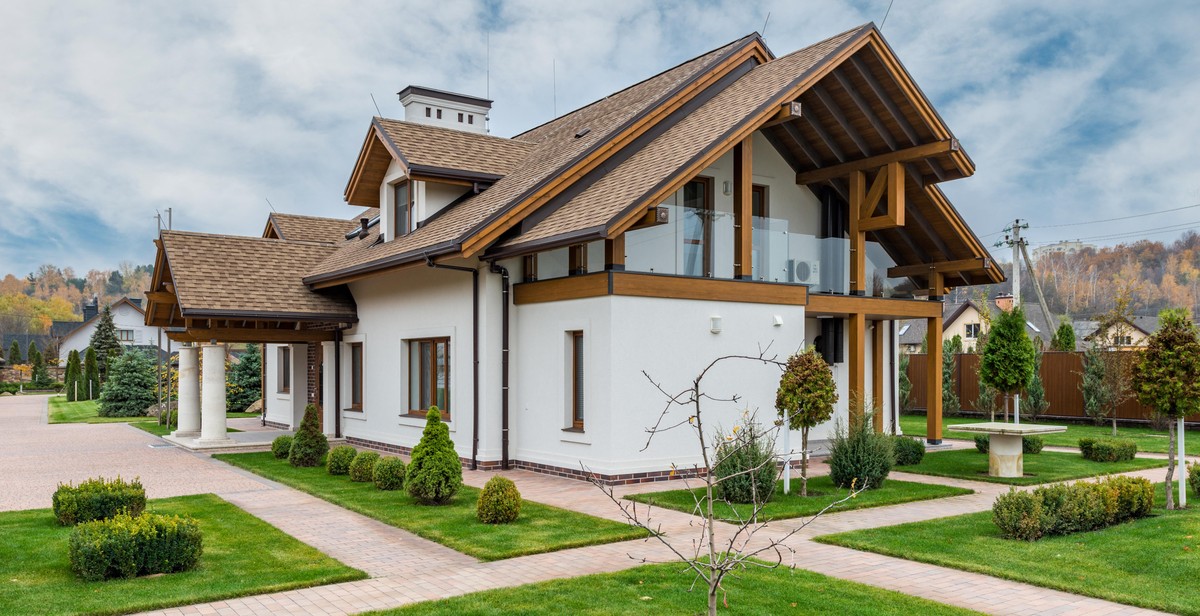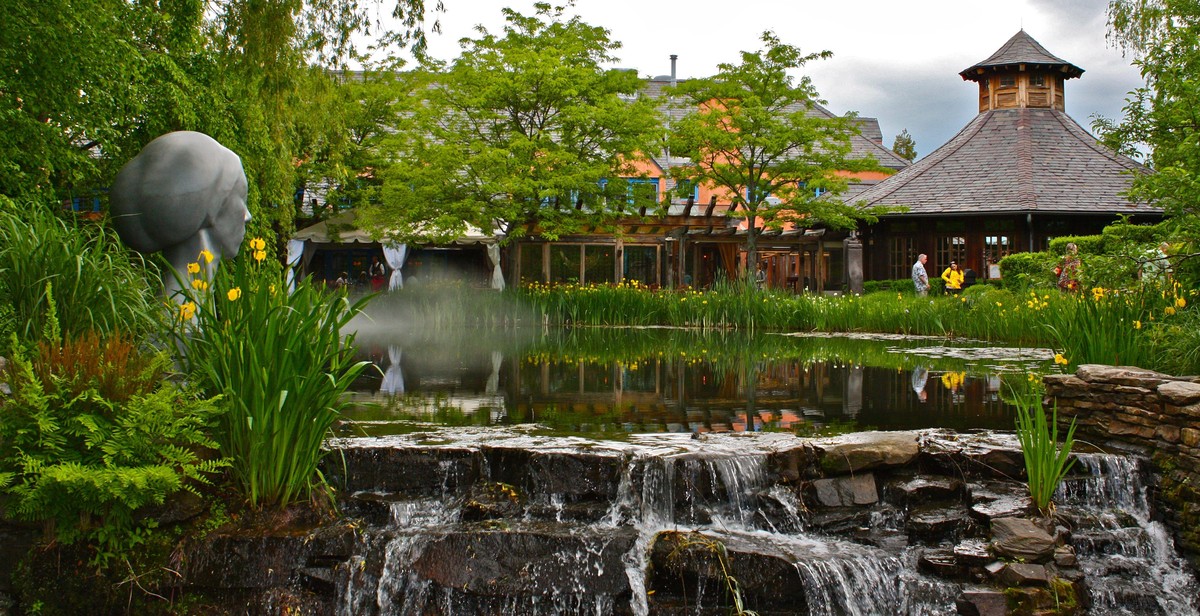How to Create a Zen Garden for Peace and Tranquility
Creating a Zen garden is a fantastic way to bring peace and tranquility into your home or outdoor space. Zen gardens, also known as Japanese rock gardens or karesansui, are designed to promote meditation and relaxation through the use of natural elements such as rocks, sand, and plants.
The Benefits of a Zen Garden
Studies have shown that spending time in nature can reduce stress and anxiety, improve mood, and increase overall well-being. A Zen garden is the perfect way to bring the calming effects of nature into your daily routine. The simple act of raking the sand or tending to the plants can be a meditative practice that helps you unwind and find inner peace.
How to Create Your Own Zen Garden
Creating a Zen garden is a relatively simple process that can be customized to fit your space and personal preferences. The first step is to choose a location for your garden. Zen gardens can be created indoors or outdoors, but they should be in a quiet area that is free from distractions.
- Choose a container or area to contain your Zen garden
- Add sand or gravel to the container or area
- Add rocks and stones to create texture and interest
- Add plants or moss for color and contrast
- Use a rake or other tool to create patterns in the sand or gravel
Creating a Zen garden can be a fun and rewarding project that brings a sense of peace and tranquility to your home or outdoor space. With a few simple elements, you can create a beautiful and calming space that promotes relaxation and mindfulness.

What is a Zen Garden?
A Zen garden, also known as a Japanese rock garden or karesansui, is a type of traditional Japanese garden designed to promote peace, tranquility, and meditation. It typically consists of an enclosed space filled with sand or gravel, along with carefully placed rocks, stones, and sometimes moss or plants.
History of Zen Gardens
Zen gardens have a long history dating back to the 11th century in Japan. They were originally created by Buddhist monks as a way to promote meditation and contemplation. The first Zen gardens were located within Buddhist temples and were designed to represent the essence of nature in a miniature form. Over time, Zen gardens became popular among the Japanese nobility and were eventually adopted by people around the world as a way to create a peaceful and meditative space in their own homes or gardens.
Purpose of Zen Gardens
The purpose of a Zen garden is to provide a space for meditation and contemplation. The simple design and natural elements of a Zen garden are meant to help clear the mind and promote a sense of calm and relaxation. The act of raking the sand or gravel in a Zen garden is also a form of meditation, helping to focus the mind and reduce stress. In addition to their meditative benefits, Zen gardens are also appreciated for their aesthetic beauty and can be used as a decorative element in a home or garden.

Choosing a Location for Your Zen Garden
When it comes to creating a Zen garden, choosing the right location is crucial. Whether you opt for an indoor or outdoor Zen garden, there are certain considerations that you should keep in mind.
Indoor vs Outdoor Zen Gardens
The first decision you need to make is whether you want to create an indoor or outdoor Zen garden. Indoor Zen gardens are ideal for those who live in apartments or have limited outdoor space. They can be placed in any room of your home and can be enjoyed throughout the year.
On the other hand, outdoor Zen gardens offer a more natural and authentic experience. They allow you to incorporate natural elements such as rocks, sand, and plants, which can enhance the overall Zen experience. However, outdoor Zen gardens require more maintenance and are subject to weather conditions.
Considerations for Choosing a Location
Once you have decided on indoor or outdoor, there are several other considerations to keep in mind when choosing a location for your Zen garden:
- Privacy: Choose a location that provides a sense of privacy and seclusion, away from noise and distractions.
- Accessibility: Make sure your Zen garden is easily accessible and visible, so you can enjoy it whenever you want.
- Lighting: Consider the natural lighting in the area and supplement it with artificial lighting if necessary.
- Climate: If you opt for an outdoor Zen garden, make sure the location is suitable for the plants and materials you intend to use.
- Size: Choose a location that is proportionate to the size of your Zen garden. A large garden may look out of place in a small area, while a small garden may get lost in a large space.
Conclusion
Choosing the right location for your Zen garden can make all the difference in creating a peaceful and tranquil space. Consider your preferences, accessibility, and other factors to ensure that your Zen garden provides the desired effect.

Designing Your Zen Garden
Designing a Zen garden involves incorporating elements that create a peaceful and tranquil atmosphere. There are traditional Zen garden elements as well as modern ones that can be used to create a beautiful and harmonious space.
Traditional Zen Garden Elements
Traditional Zen gardens, also known as karesansui, are typically made up of sand, rocks, and gravel. These elements are arranged in a way that represents nature, such as mountains, rivers, and islands. The sand or gravel is raked to create ripples, which symbolize the flow of water. Rocks are strategically placed to represent mountains or islands. The goal of a traditional Zen garden is to create a calming and meditative space that helps to clear the mind.
Modern Zen Garden Elements
Modern Zen gardens can incorporate a variety of elements beyond the traditional sand and rock. Plants, water features, and even sculptures can be used to create a calming environment. Plants such as bamboo, ferns, and moss can be added to bring a natural element to the garden. Water features such as fountains or ponds can create a soothing sound and add to the overall ambiance of the space. Sculptures or statues can be used to represent natural elements or add a unique focal point to the garden.
When designing a Zen garden, it’s important to consider the space available and the desired atmosphere. Whether incorporating traditional or modern elements, the goal is to create a space that promotes peace and tranquility.

Building Your Zen Garden
Materials Needed
Before you start building your Zen garden, you’ll need to gather the following materials:
- Garden space
- Gravel or sand
- Boulders or rocks
- Rake
- Small plants or moss
- Water feature (optional)
Step-by-Step Instructions
Follow these simple steps to create your own peaceful Zen garden:
- Choose a location for your garden. Zen gardens are typically small and can be placed in any outdoor or indoor space.
- Clear the area of any debris or plants.
- Add a layer of sand or gravel to the area. This will act as the base of your garden.
- Place boulders or rocks in the garden to create a natural and calming landscape. You can also arrange them in a pattern or shape that is pleasing to you.
- Rake the sand or gravel to create a smooth and even surface. This represents the flow of water in a traditional Zen garden.
- Add small plants or moss around the rocks to add color and texture to the garden.
- Consider adding a water feature, such as a small fountain or pond, to enhance the peaceful atmosphere of the garden.
| 1. | Choose plants that are easy to maintain and don’t require a lot of water. |
| 2. | Keep the garden simple and uncluttered to promote a sense of calm and tranquility. |
| 3. | Rake the sand or gravel regularly to maintain the flow and pattern of the garden. |

Maintaining Your Zen Garden
Once you have created your Zen garden, it is important to maintain it regularly to ensure it continues to bring you peace and tranquility.
Regular Maintenance Tasks
- Remove any debris such as fallen leaves, twigs, or stones that may have been displaced by wind or rain. This will help keep your garden looking neat and tidy.
- Rake the sand or gravel to create smooth, even patterns. This is an important aspect of Zen gardens as it helps to clear the mind and promote relaxation.
- Trim any plants or bushes that may have grown too tall or become overgrown. This will help maintain the overall aesthetic of the garden.
- Water any plants or bushes as needed to ensure they stay healthy and vibrant.
Troubleshooting Common Issues
Despite your best efforts, you may encounter some common issues when maintaining your Zen garden:
| Issue | Solution |
|---|---|
| Weeds | Remove them as soon as possible to prevent them from taking over your garden. Consider using a weed barrier to prevent them from growing in the first place. |
| Insects | Use insecticidal soap or other natural remedies to control pests. Avoid using harsh chemicals that may harm the environment. |
| Discolored Sand or Gravel | Replace the sand or gravel as needed to maintain its color and texture. |
By regularly maintaining your Zen garden and troubleshooting any issues that may arise, you can continue to enjoy the peace and tranquility it brings to your life.

Benefits of a Zen Garden
A Zen garden is a traditional Japanese garden that is designed to promote peace, tranquility, and relaxation. The garden is typically made up of sand or gravel, rocks, and carefully placed plants. Creating a Zen garden can have numerous mental, emotional, and physical benefits.
Mental and Emotional Benefits
- Stress Reduction: A Zen garden can help reduce stress and anxiety by providing a calming and meditative space. The act of raking the sand or gravel can be a form of mindfulness meditation, which has been shown to reduce stress levels.
- Improved Mood: Spending time in a Zen garden can improve your mood and increase feelings of happiness and contentment. The peaceful environment can help you feel more relaxed and centered.
- Increased Focus: The act of raking the sand or gravel in a Zen garden can help improve focus and concentration. This can be especially helpful for those who struggle with ADHD or other attention-related disorders.
Physical Benefits
- Improved Sleep: Spending time in a Zen garden can help improve sleep quality by reducing stress levels and promoting relaxation.
- Reduced Muscle Tension: The act of raking the sand or gravel in a Zen garden can help reduce muscle tension and promote relaxation.
- Increased Physical Activity: Maintaining a Zen garden requires physical activity, such as raking and weeding. This can help increase physical activity levels, which can have numerous health benefits.
Overall, creating a Zen garden can have numerous mental, emotional, and physical benefits. Whether you are looking to reduce stress, improve your mood, or increase physical activity levels, a Zen garden can be a great addition to your home or outdoor space.

Conclusion
Creating a zen garden is an excellent way to bring peace and tranquility to your outdoor space. By following the steps outlined in this article, you can create a beautiful and relaxing zen garden that will help you unwind and destress.
Remember the Key Elements
When designing your zen garden, remember to include the key elements of rocks, sand or gravel, and plants. These elements work together to create a harmonious and peaceful environment.
Customize Your Garden
While there are traditional elements of a zen garden, it’s important to customize your garden to fit your personal preferences and style. Add in personal touches, such as statues or water features, to make the garden your own.
Maintenance is Key
Like any garden, a zen garden requires regular maintenance to keep it looking its best. Make sure to rake the sand or gravel regularly and trim the plants as needed to keep the garden looking neat and tidy.
Enjoy Your Zen Garden
Finally, make sure to take the time to enjoy your zen garden. Whether you use it for meditation or simply as a peaceful retreat, a zen garden can provide a much-needed respite from the stresses of daily life.
| Key Takeaways: |
|---|
| Include rocks, sand or gravel, and plants in your zen garden design. |
| Customize your garden to fit your personal preferences and style. |
| Maintain the garden regularly to keep it looking neat and tidy. |
| Take the time to enjoy your zen garden and its peaceful benefits. |
